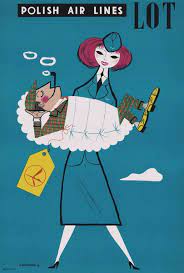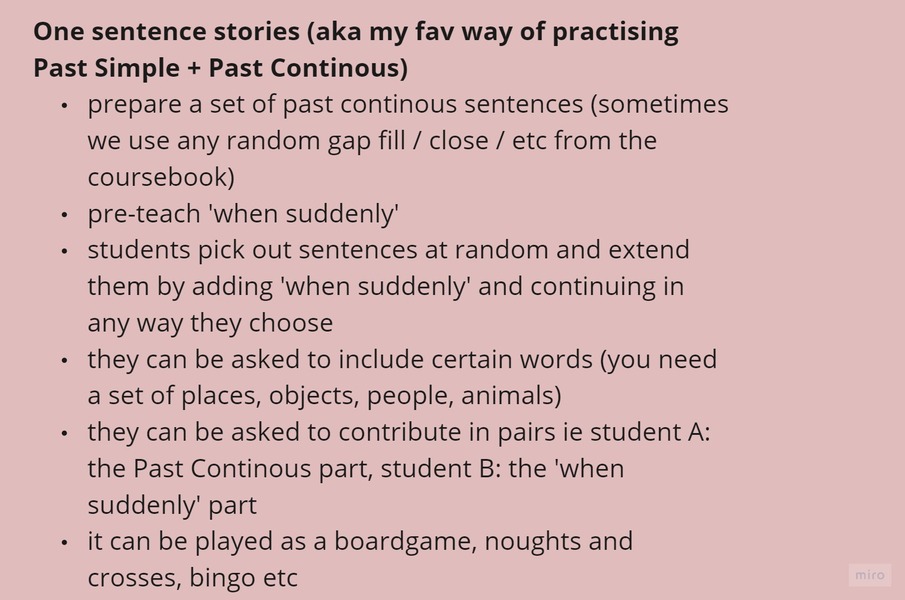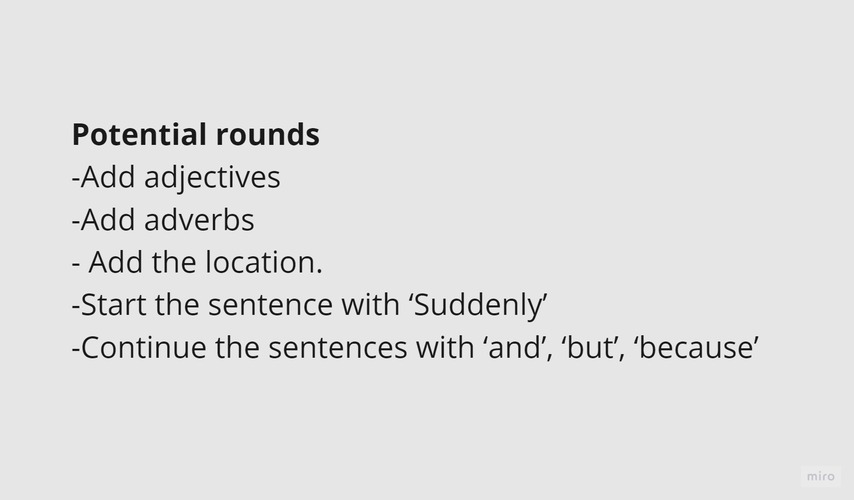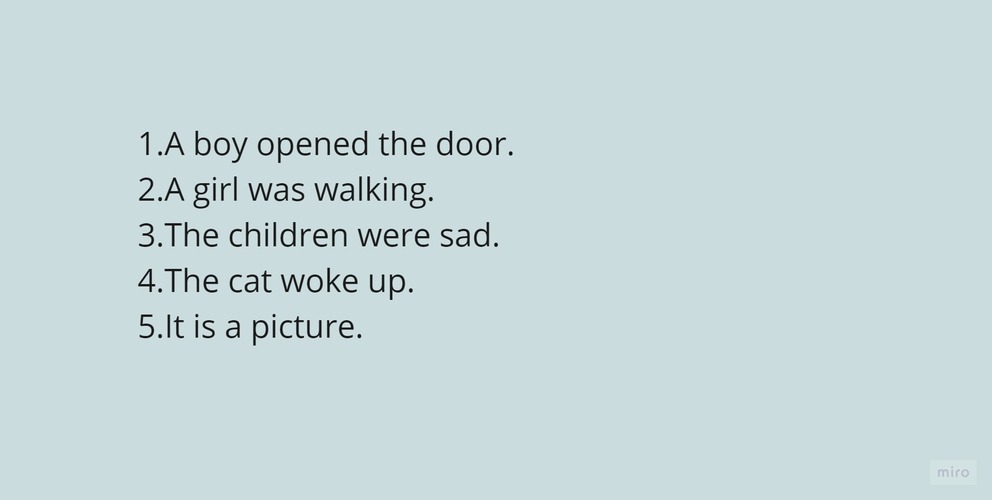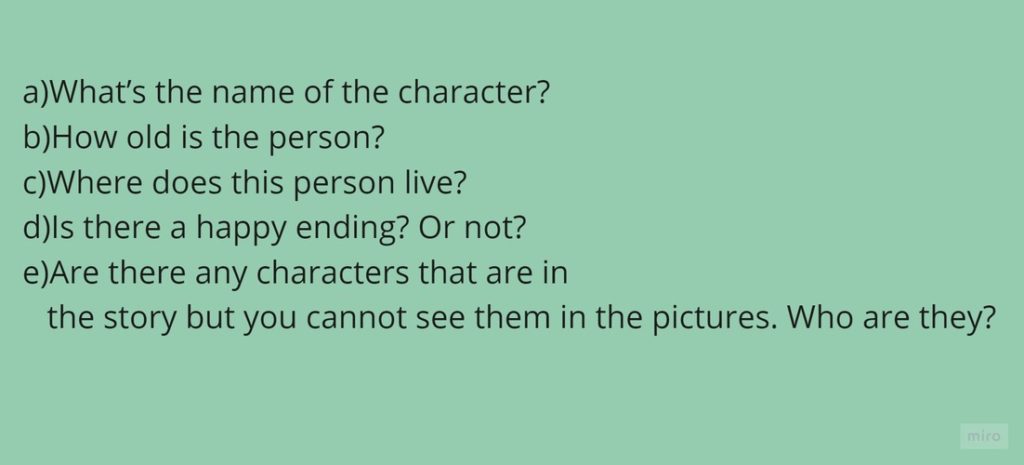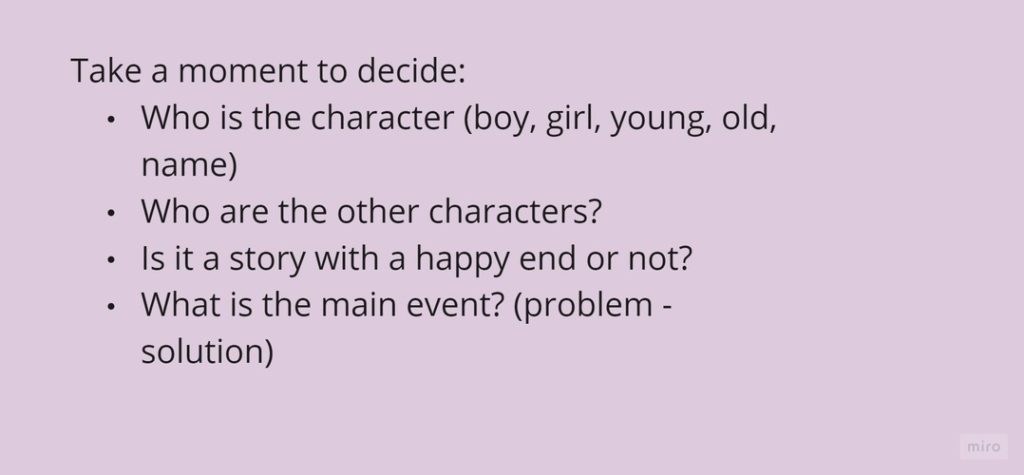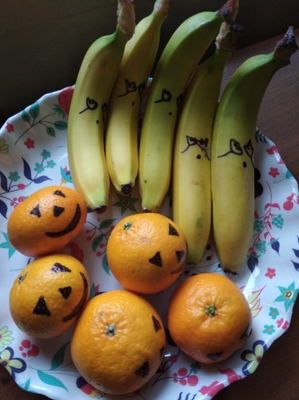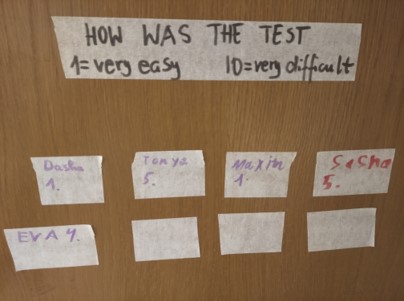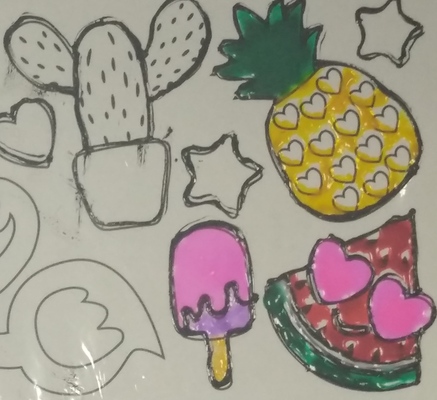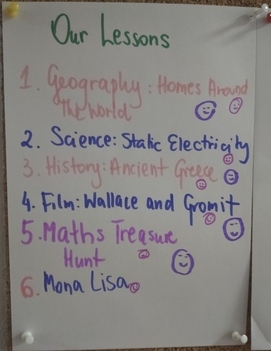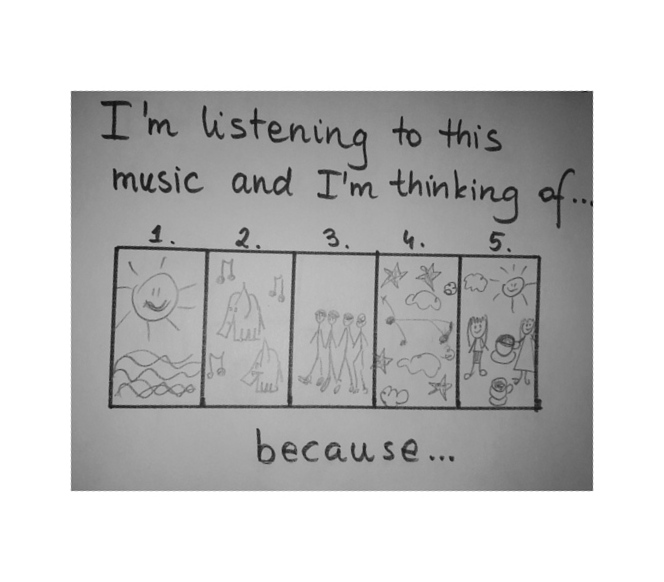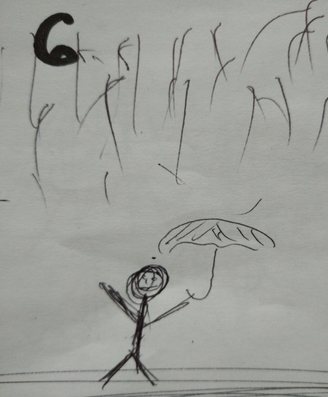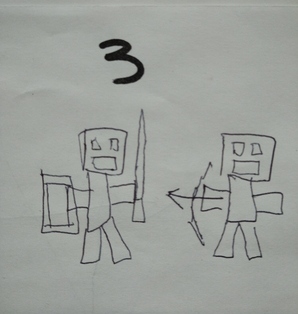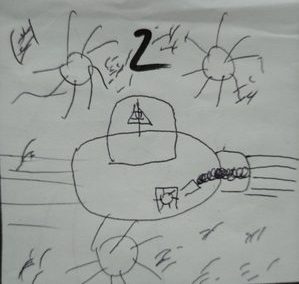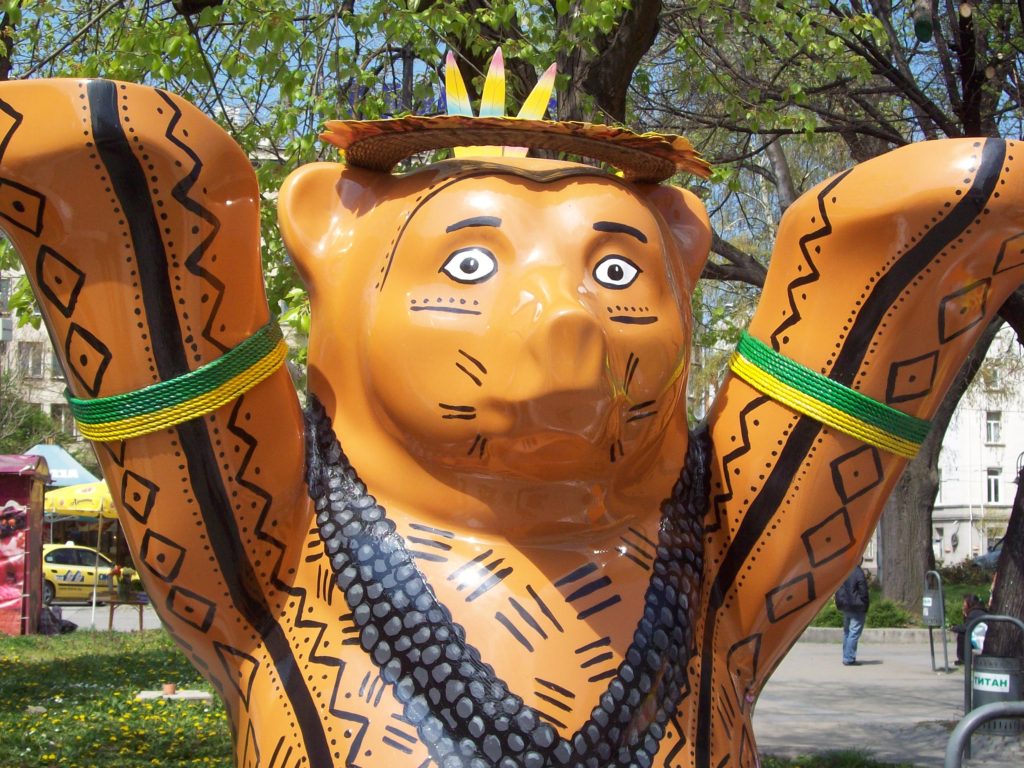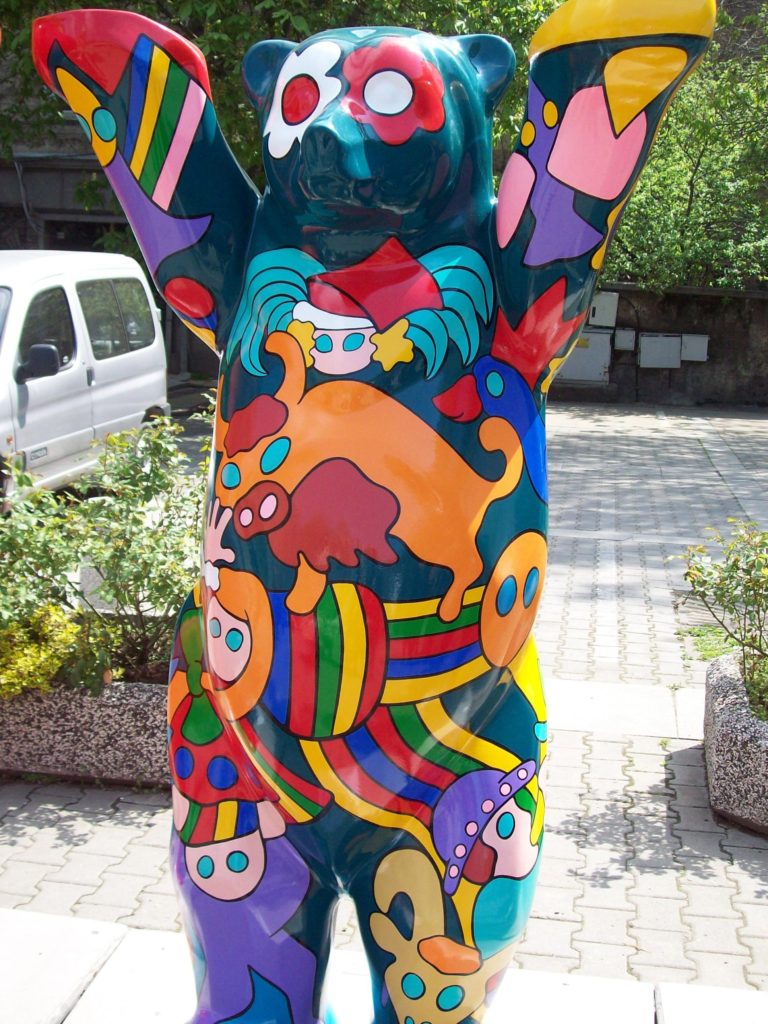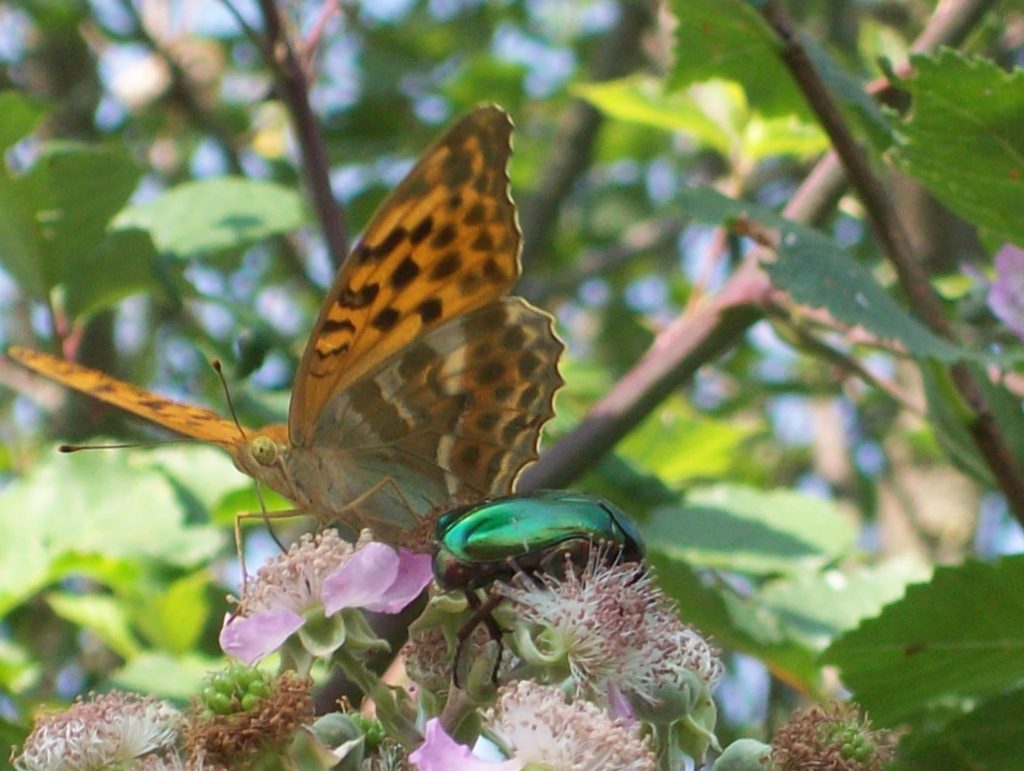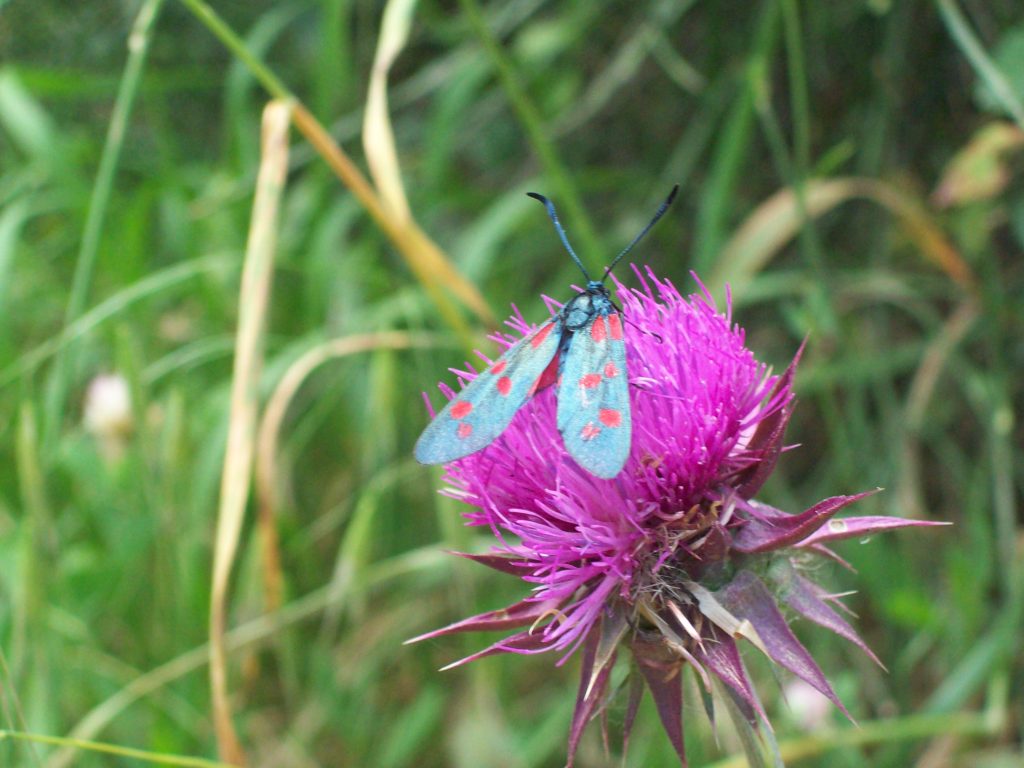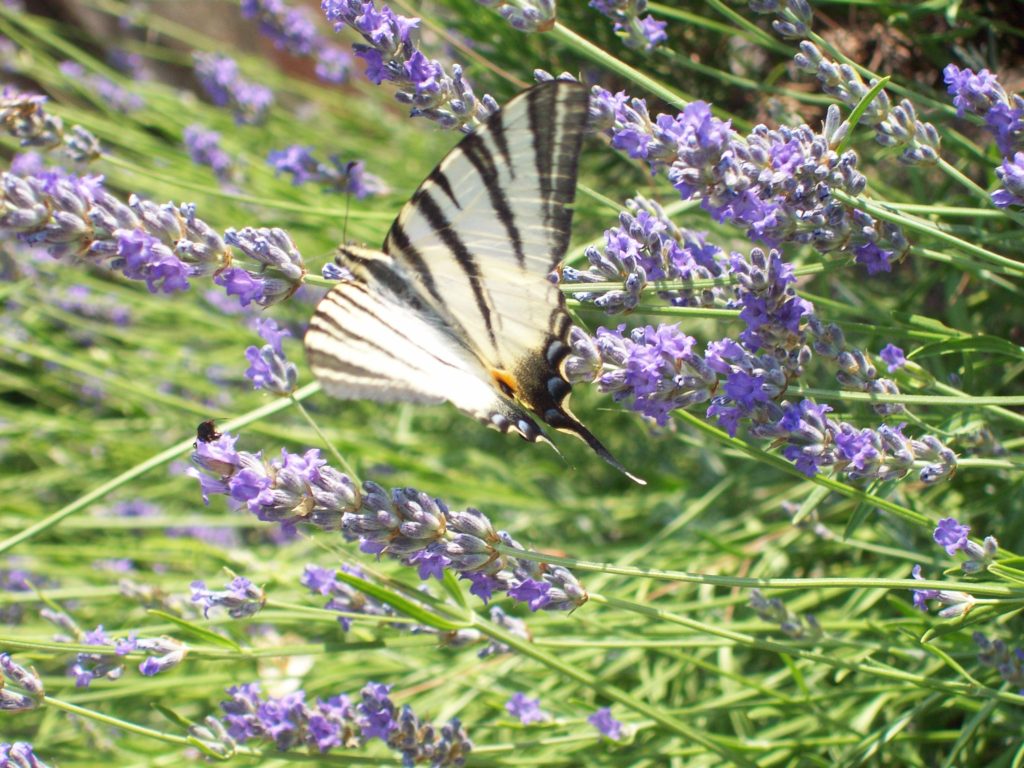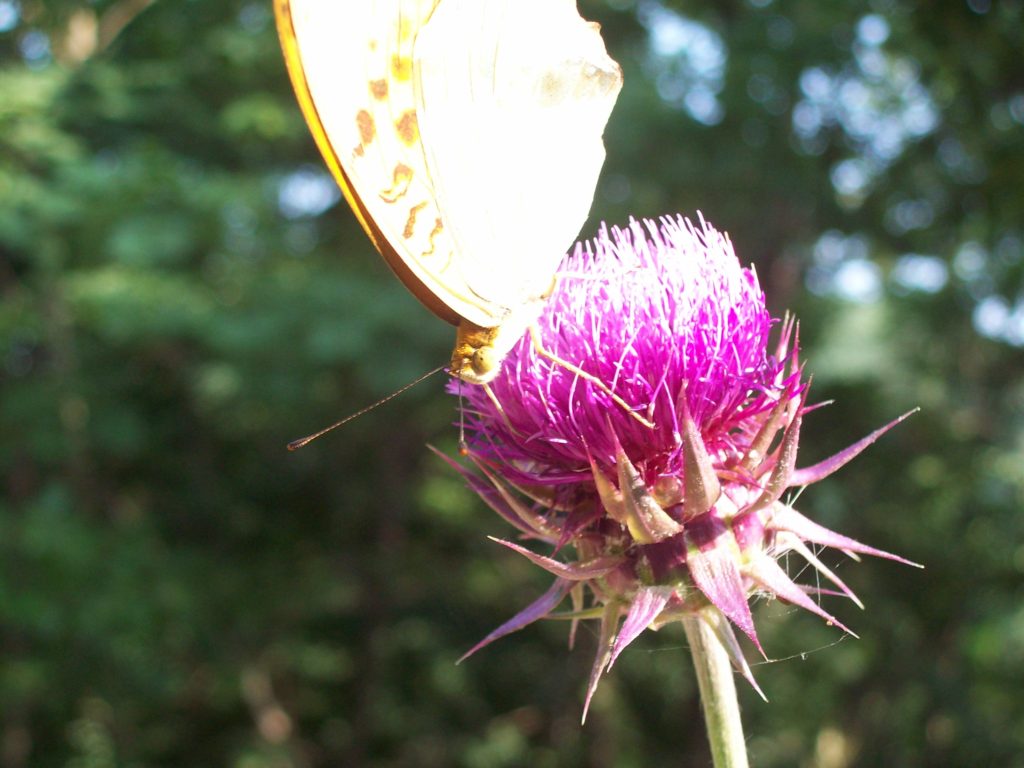Metaphors in EFL? What? Why? How?
Using metaphors in teacher training is not a new concept. I found out about it thanks to Thomas S.C. Farrell while doing the research for my MA dissertation two years ago. In his ‘Novice Language Teachers: Insights And Perspectives For the First Year’ published in 2008, he included a great article by Steva Mann (all the details below) devoted to teachers ‘making sense’ of the experiences of their first year in the classroom specifically through metaphors.
I do recommend reading the whole article, of course, but just to give you a taste and to show you why it has been kind of a breakthrough for me, here are a few quotes.
Mann writes ‘Metaphors play an instrumental role in using a familiar image to explore more complex concepts and meanings’ (2008: 11) and they can be ‘consciously employed by individuals for reflective purposes’ (2008:12). A bit further on he also highlights the fact that ‘metaphorical exploration may be particularly useful for first year teachers in attempting to come to terms with the complex nature of teacher knowledge and its relationship with experience’ (2008:12). I found this quote especially interesting although I think it is true about any teacher that becomes a novice in a field (ie an experienced teacher taking the first steps in the area of exam preparation, EAP or early years) or, even more broadly, any teacher learning new things and trying to apply them in practice.
Anyway, I got inspired. First of all, I quickly added the metaphor question to my MA survey and I started to experiment with using the metaphor in my everyday teaching and teacher training, for example a few weeks ago, while running the session on teenagers as part of the IH CYLT course at our school. Here is now we did it.
Teaching teenagers in metaphors
We started with a game of hangman in which the group had to guess one of my own metaphors for what teaching teenagers is like and that is: Growing Cactuses, mainly because it is not as straightforward, pretty and easy as growing violets, tulips or even roses, but it is equally rewarding and fun. If you know how to do it, of course. If you are interested about it or if you are just starting to teach teens, you can read more about it here.
If you are here, it must be either because you already work with teenagers and you already have your own view of the teenage classroom. Or you might be a novice teenagers teacher who is about to enter this classroom and you are preparing, mostly because you have heard ‘things’.
One way or another, you are ready for the exercise that I prepared for the activity that we did with my trainees later in the session. Since all of these metaphors and visuals are open to interpretation (just look at the two different images I have found for ‘writing a novel’) and prone to be influenced by the personal experiences (which is the best thing about the metaphors, admittedly), instead of me just analysing all the metaphors in detail and telling you what to think, first I would like you to read what my trainees have created and answer these questions:
- Why do you think the teachers expressed their ideas in such a way? What kind of classroom experiences have led to that?
- Were your experiences the same? Do you agree?
Here are the metaphors, in no particular order. I have decided to combine the words with the images and these come either from my trainees themselves or from the obliging clipart…
Teaching teenagers is…
…writing a novel


…per aspera ad astra aka ‘Through hardships to the stars’

…touching a melting ice-cream

…playing the lead role in every play
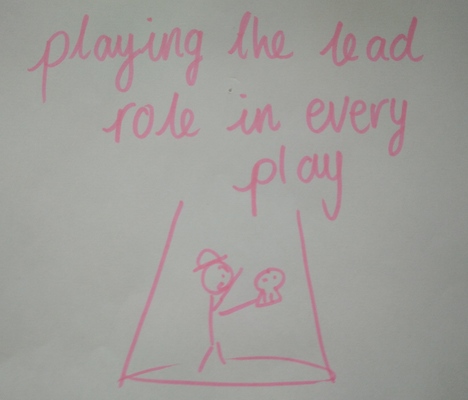
…riding a roller-coaster

…breaking stereotypes

…about mood swings

…keeping a heart on your sleeve

…a role-play
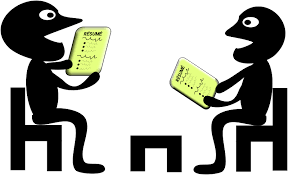
…about the strength of materials

…working with/through moods, feelings, hormones

Just a few words…
Just as the visuals do it, the metaphor invites the audience, students, trainees or readers, to personalise the reality and to share opinions and views and, by doing so, it offers a unique opportunity to look at an item in a multitude of ways. The horizon widens straight away.
Some of the interpretations might feel like that your own thoughts expressed by someone else, something that might have been on your mind, although they were never properly verbalised. Sometimes, some of them might be contradictory to all of your beliefs, they are still valuable because they might help you understand the basis for the beliefs we hold.
It is funny that even the same set of metaphors that we put together and mine interpretation of them change, from day to day. During the session, I got really drawn to ‘writing the novel’ and ‘touching the melting ice-cream’, because these two were the most unexpected ones although they did strike a chord with what I think about working with teens. Right now, while I am typing up these words, about three weeks later, I am most drawn to ‘breaking stereotypes’ and to ‘strength of material’, mostly because of the image that popped up, which reminded me that strength is at the same time about being fragile and that is what you find out while teaching teens, that what you see is not always what really and that is a good thing to be taking with you into the classroom. As is remembering that the most important thing is to remember that we teach not some imaginary age group but a very specific Sasha, Kasia, Pedro, Pablo, Idoia, Carolina, Rita and Luis, who might or might not match the list of dos, don’ts, ares and aren’ts, likes and don’t likes of ‘a typical teenage group’.
Instead of a coda
Big thanks to all my trainees: Anna, Nico, Hanif, Olga, Oxana, Padraig, Olga, Padraig, Polina as well as Daniel and Joe, for all the amazing ideas in this session and the permission to use them here.
If you want to read more about teaching ‘the almost adults’, here you can find some bits of theory and of the activities that worked well with my groups.
And if you liked this post and you would like to add your own metaphor to the list, please comment in the box below. We will all have some more food for thought!
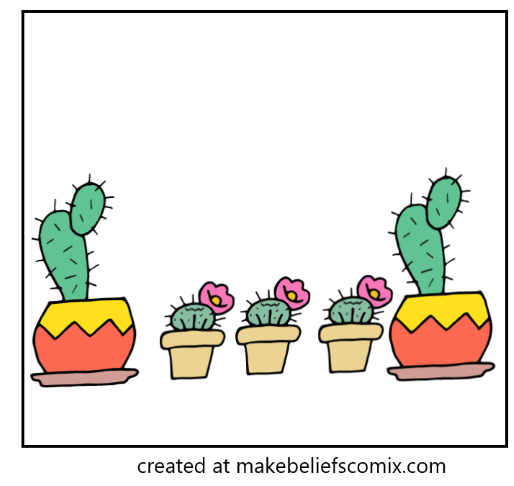
This is how this post becomes the first one in a mini-series devoted to metaphors in the classroom. The next one, almost ready, will be devoted to teachers taking their first steps in the VYL world. Coming soon!
P.S. Vintage posters from around the world will be accompanying this series, too because that is my most recent love and a great metaphor for a metaphor…
Happy teaching!
Bibliography
T.S.C. Farrell (ed), 2008, Novice Language Teachers: Insights And Perpectives For the First Year, Equinox Publishing: London.
S. Mann (2008), Teacher’s use of metaphor in making sense of the first year of teaching, In: Farrell (2008), pp. 11 – 28.

